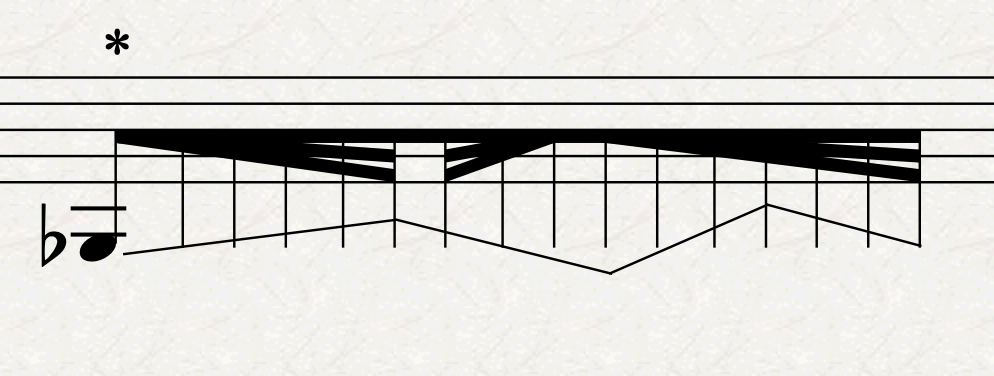Solitudes: Week 9
Greetings, readers! I hope everyone is well.
For those new to my blog (or website in general), welcome! For the past 9 weeks I have been writing about my current project, which is a two movement work for piano. Each movement is an homage to favorite composers I admire: John Adams and George Crumb.
I finished the first movement a couple weeks ago and have since been working on movement two, “Seafarer.” This week I met with my composition instructor Kay He (through Zoom of course), and she demonstrated for me a number of extended techniques on the piano. This was extremely helpful, as most of these techniques can only be accomplished on a grand piano (which I do not own), and I now feel I have a broader palette with which to work in composing this movement.
I am experimenting in this movement with spacial notation, wherein stems are not used on notes and instead the physical space between them on the page determines how much musical space should be used.
One of the biggest challenges with this movement so far has been just figuring out how to notate the darn thing. The above excerpt calls for four distinct extended
”inside-the-piano” techniques: plucked strings (the lone notes with “x” shaped noteheads), Glissandi across the low strings (the first gesture you see on the page), strings muted with the left hand while the right hand strikes the keys (the notes with a “+” over them), and the final gesture on the page, which I can only describe with the following score note:
This technique creates an indescribably brilliant effect in which the pitch varies as the left hand moves along the string, sometimes hitting points which create harmonics.
The difficulty in notation is in trying to make it as clear and concise as possible, and to make obvious distinctions between different techniques through the notation. As it stands now, I think the notation is accurate and clear enough. Also, as I mentioned last week, it is incredibly difficult to write a piece with this many extended techniques without knowing exactly how it will sound, so I look forward to the day where I may be able to hear it played live.
This project is winding down, so within the next couple weeks this movement and final edits on the first movement will be completely done. After which comes the task of getting it played and, hopefully, published!
Here is an example of what piano harmonics sound like from this neat YouTube channel:



